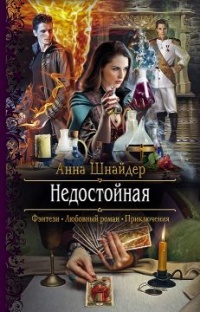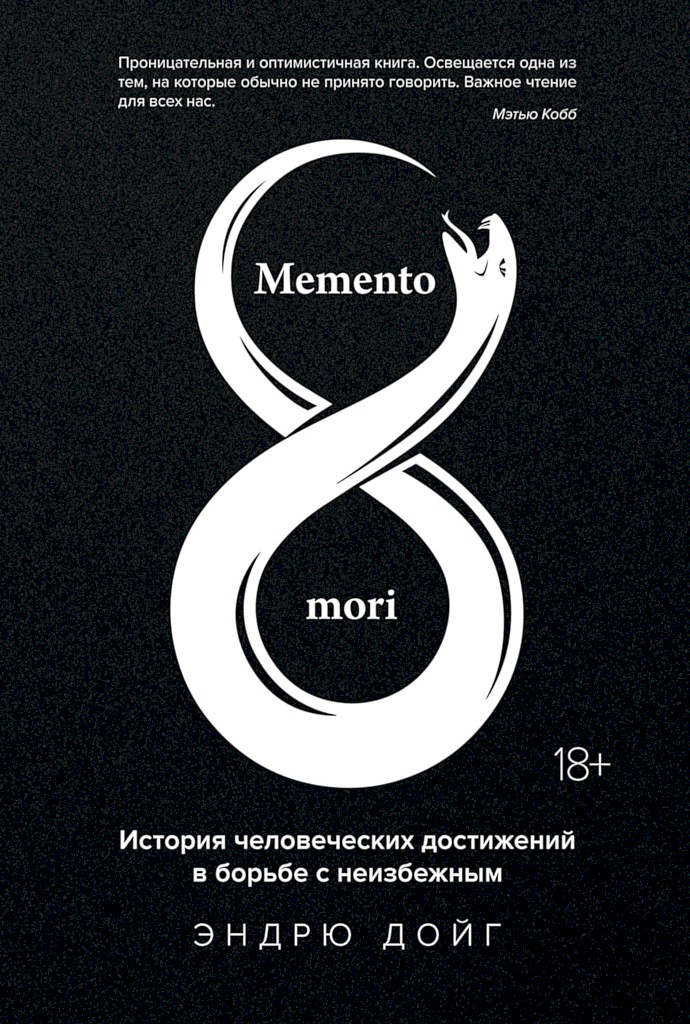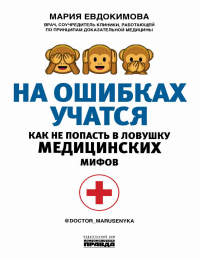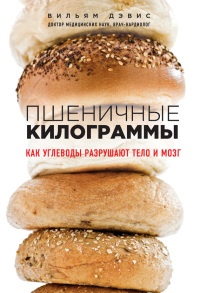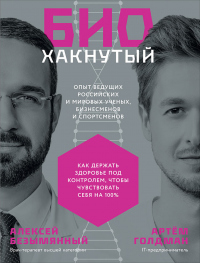Книга Парадоксы эволюции. Как наличие ресурсов и отсутствие внешних угроз приводит к самоуничтожению вида и что мы можем с этим сделать - Алексей Аркадьевич Макарушин
Шрифт:
Интервал:
Закладка:
23. Engel G. S., Calhoun T. R., Read E. L., Ahn T. K., Mancal T., Cheng Y. C., Blankenship, R. E. and Fleming, G. R. (2007). Evidence for wavelike energy transfer through quantum coherence in photosynthetic systems. Nature 446, 782–786.
24. Fassioli F., Dinshaw R., Arpin P. C. and Scholes G.D. (2014). Photosynthetic light harvesting: excitons and coherence. J. R. Soc. Interface 11, 20130901.
25. Lim J., Palecek D., Caycedo-Soler F., Lincoln C. N., Prior J., von Berlepsch H., Huelga S. F., Plenio M.B., Zigmantas D. and Haue, J. (2015). Vibronic origin of long-lived coherence in an artificial molecular light harvester. Nat. Commun. 6, 7755.
26. Weber S., Ohmes E., Thurnauer M. C., Norris J. R. and Kothe G.(1995). Light-generated nuclear quantum beats: a signature of photosynthesis. Proc. Natl. Acad. Sci. U.S.A. 92, 7789–7793.
27. Craddock T. J., Friesen D., Mane J., Hameroff S. and Tuszynski J. A. (2014). The feasibility of coherent energy transfer in microtubules. J. R. Soc. Interface 11, 20140677.
28. Craddock T. J., Priel A. and Tuszynski J. A. (2014). Keeping time: could quantum beating in microtubules be the basis for the neural synchrony related to consciousness? J. Integr. Neurosci. 13, 293–311.
29. Winkler J.R. and Gray H.B. (2014). Long-range electron tunneling. J. Am. Chem. Soc. 136, 2930–2939.
30. Hayashi T. and Stuchebrukhov A. A. (2011). Quantum electron tunneling in respiratory complex I. J. Phys Chem. B115, 5354–5364.
31. Moser C. C., Farid T. A., Chobot S. E. and Dutton P. L. (2006). Electron tunneling chains of mitochondria. Biochim. Biophys. Acta. 1757, 1096–1109.
32. De Vries S., Dorner K., Strampraad M. J. and Friedrich T. (2015). Electron tunneling rates in respiratory complex I are tuned for efficient energy conversion. Angew Chem. Int. Ed. Engl. 54, 2844–2848.
33. Trixler F. (2013). Quantum tunnelling to the origin and evolution of life. Curr. Org. Chem. 17, 1758–1770.
34. Vattay G., Salahub D., Csabai I., Nassimi A. and Kaufmann S. A. (2015). Quantum criticality at the origin of life. J. Phys. Conf. Ser. 626, 012023.
35. Zhang Y., Gennady P. B. and Kais S. (2015). The radical pair mechanism and the avian chemical compass: quantum coherence and entanglment. Int. J. Quantum Chem. 115, 1327–1341.
36. Gane S., Georganakis D., Maniati K., Vamvakias M., Ragoussis N., Skoulakis E. M. and Turin L. (2013). Molecular vibration-sensing component in human olfaction. PloS One8, e55780.
37. Vattay G., Kauffman S. and Niiranen S. (2014). Quantum biology on the edge of quantum chaos. PloS One9, e8901.
38. Aon M. A., Cortassa S. and O’Rourke B. (2008). Mitochondrial oscillations in physiology and pathophysiology. Adv. Exp. Med. Biol. 641, 98–117.
39. Cortassa S., O’Rourke B. and Aon M. A. (2014). Redox-optimized ROSbalance and the relationship between mitochondrial respiration and ROS. Biochim. Biophys. Acta. 1837, 287–295.
40. Allen J. F. (2015). Why chloroplasts and mitochondria retain their own genomes and genetic systems: colocation for redox regulation of gene expression. Proc. Natl. Acad. Sci. USA. 112, 10231–10238.
41. Mailloux R. J. and Harper, M.E. (2011). Uncoupling proteins and the control of mitochondrial reactive oxygen species production. Free Radic. Biol. Med. 51, 1106–111.
42. Moradi N., Scholkmann F. and Salari V. (2015) A study of quantum mechanical probabilities in the classical Hodgkin – Huxley model. J. Integr. Neurosci. 14, 1–17.
43. Summhammer J., Salari V. and Bernroide, G. (2012). Aquantum-mechanical description of ion motion within the confining potentials of voltage-gated ion channels. J. Integr. Neurosci. 11, 123–135.
44. Skulachev V. P. (2001). Mitochondrial filaments and clusters as intracellular power-transmitting cables. Trends Biochem. Sci. 26, 23–29.
45. Wai T. and Langer T. (2016). Mitochondrial dynamics and metabolic regulation. Trends Endocrinol. Metab. 27, 105–117.
46. Tamulis A. and Grigalavicius M. (2011). The emergence and evolution of life in a «fatty acid world» based on quantum mechanics. Orig. Life Evol. Biosph. 41, 51–71.
47. McGlynn S. E., Chadwick G. L., Kempes C. P. and Orphan V. J. (2015). Single cell activity reveals direct electron transfer in methanotrophic consortia. Nature 526, 531–535.
48. Pfeffer C., Larsen S., Song J., Dong M., Besenbacher F., Meyer, R. L., Kjeldsen, K. U., Schreiber L., Gorby Y. A., El-Naggar M. Y. et al. (2012). Filamentous bacteria transport electrons over centimeter distances. Nature 491, 218–221.
49. Wegener G., Krukenberg V., Riedel D., Tegetmeyer H. E. and Boetius A. (2015). Intercellular wiring enables electron transfer between methanotrophic archaea and bacteria. Nature 526, 587–590.
50. Dudkina N. V., Folea I. M. and Boekema E. J. (2015). Towards structural and functional characterization of photosynthetic and mitochondrial super complexes. Micron 72, 39–51.
51. Lapuente-Brun E., Moreno-Loshuertos R., Acin-Perez R., Latorre-Pellicer A., Colas C., Balsa E., Perales-Clemente E., Quiros P. M., Calvo E., Rodriguez-Hernandez M.A. et al. (2013). Super complex assembly determines electron flux in the mitochondrial electron transport chain. Science 340, 1567–1570.
52. Melo A. N. P. and Teixeira, M. (2016). Supramolecular organization of bacterial aerobic respiratoy chains: from cells and back. Biochim. Biophys. Acta 1857, 190–197.
53. Le Bourg E. (2012). Forecasting continuously increasing life expectancy: what implications? Ageing Res. Rev. 11, 325–328.
54. Robertson H. T. and Allison D. B. (2012). A novel generalized normal distribution for human longevity and other negatively skewed data. PloS One7, e37025.
55. Weon B. M. (2015). A solution to debates over the behavior of mortality at old ages. Biogerontology 16, 375–381.
56. Kaeberlein M., Rabinovitch P. S. and Martin G. M. (2015). Healthy aging: the ultimate preventative medicine. Science 350, 1191–1193.
57. Lane, N. (2003). A unifying view of ageing and disease: the double-agent theory. J. Theor. Biol. 225, 531–540.
58. Salminen A., Huuskonen J., Ojala J., Kauppinen A., Kaarniranta K. and Suuronen T. (2008). Activation of innate immunity system during aging: NF-kB signaling is the molecular culprit of inflamm-aging. Ageing Res. Rev. 7, 83–105.
59. Franceschi C., Bonafe M., Valensin S., Olivieri F., De Luca M., Ottaviani E. and De Benedictis G. (2000). Inflamm-aging. An evolutionary perspective on immunosenescence. Ann. N.Y. Acad. Sci. 908, 244–254.
60. Speakman J. R. and Mitchell S. E. (2011). Caloric restriction. Mol. Aspects Med. 32, 159–221.
61. Adler M. I. and Bonduriansky R. (2014). Why do the well-fed appear to die young? A new evolutionary hypothesis for the effect of dietary restriction on lifespan. Bioessays 36, 439–450.
62. Baker D. J., Childs B. G., Durik M., Wijers M. E., Sieben




















